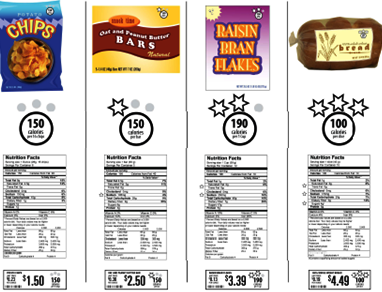I’m giving the opening keynote address at this meeting at 4:15 p.m. It’s also online. For information, registration, and online access, click here.
My talk: “The Elements: Food, Nutrition, Health & Politics, 2025 Style.”

The FDA issued its final rules for the Nutrition Facts panels, but now I want to know: What ever happened to its front-of-package (FOP) initiatives?
The New York Times editorial on the new food label raised this very question.
But the labels, which most food companies will have to use by July 2018, still have serious limitations. They require busy shoppers to absorb a lot of facts, not all of which are equally important, and then do the math themselves while standing in the grocery aisle. And the labels are on the back of the package, where only the most motivated shoppers will look.
The editorial refers to the FDA’s front-of-package initiatives early in the Obama administration. These involved two reports from the Institute of Medicine. The first, released in 2010, examined about 20 existing front-of-package schemes cluttering up the labels of processed foods and evaluated their strengths and weaknesses. It recommended that FOP labels deal only with calories, saturated fat, trans fat, and sodium. My question at the time: why not sugars? The committee’s answer: calories took care of it.
But the IOM’s second report in 2011 included sugars and recommended a point system for evaluating the amounts of it and those nutrients in processed foods. Packages would get zero stars if their saturated and trans fat, sodium, or sugars exceeded certain cut points.

The Times editorial explained what happened next:
the Grocery Manufacturers Association [GMA] called the Institute of Medicine’s recommendation “untested” and “interpretive.” Along with the Food Marketing Institute, it developed its own front-of-package labeling system, which includes some useful information, but is more complex and less helpful than the institute’s version.
As I stated at the time, the FDA let the GMA get away with this and has said not one more word about front-of-package labels.
According to the Times, the FDA is still studying the matter.
it’s not clear when or if the agency will require front-of-package labels. The food industry, of course, wants to make its products appear as healthy as possible. The F.D.A. would serve consumers best by taking the Institute of Medicine’s good advice and putting clear and concise nutrition labels right where most shoppers will see them.
It certainly would. It’s time to take those IOM reports out of the drawer and get busy writing rules for them.